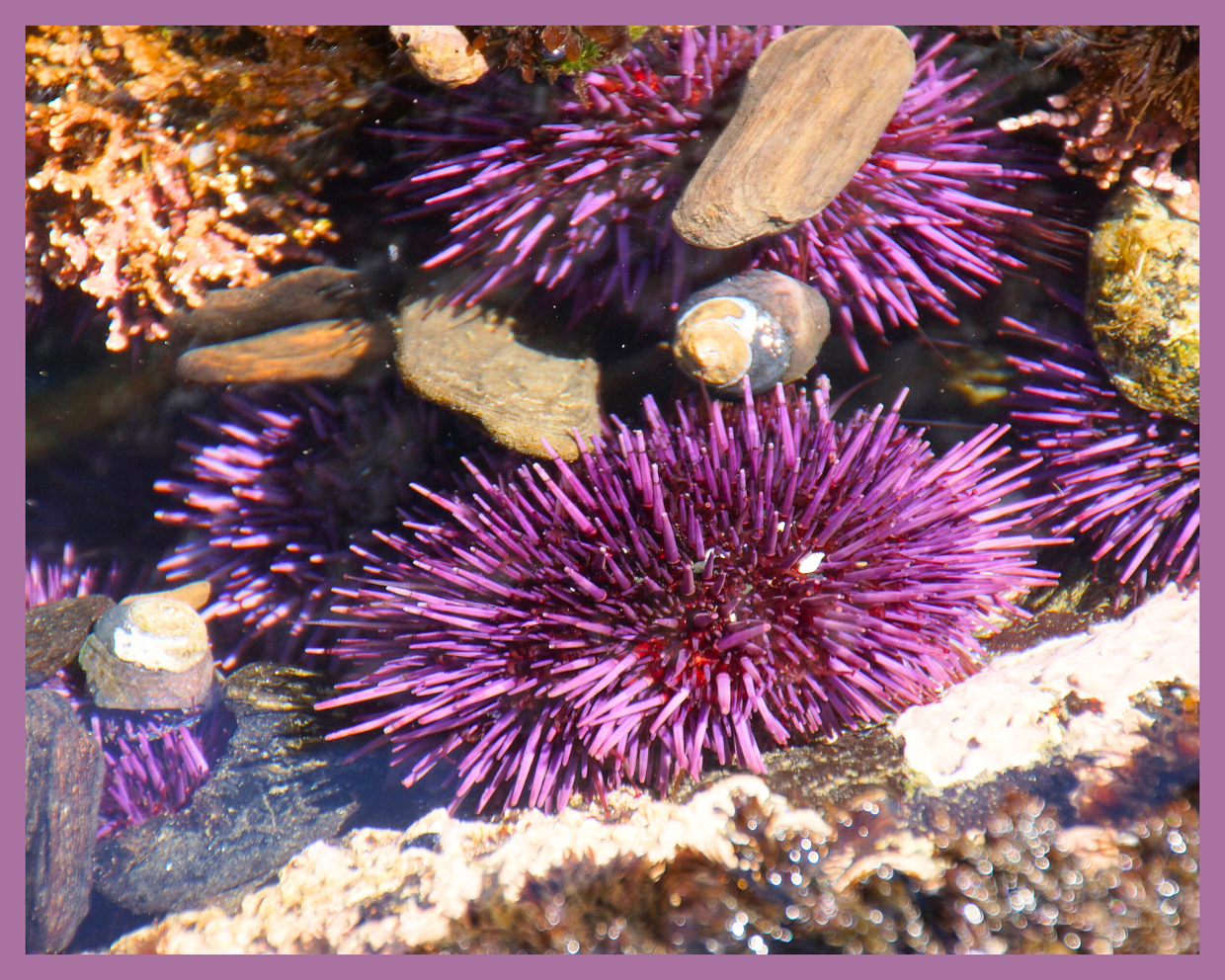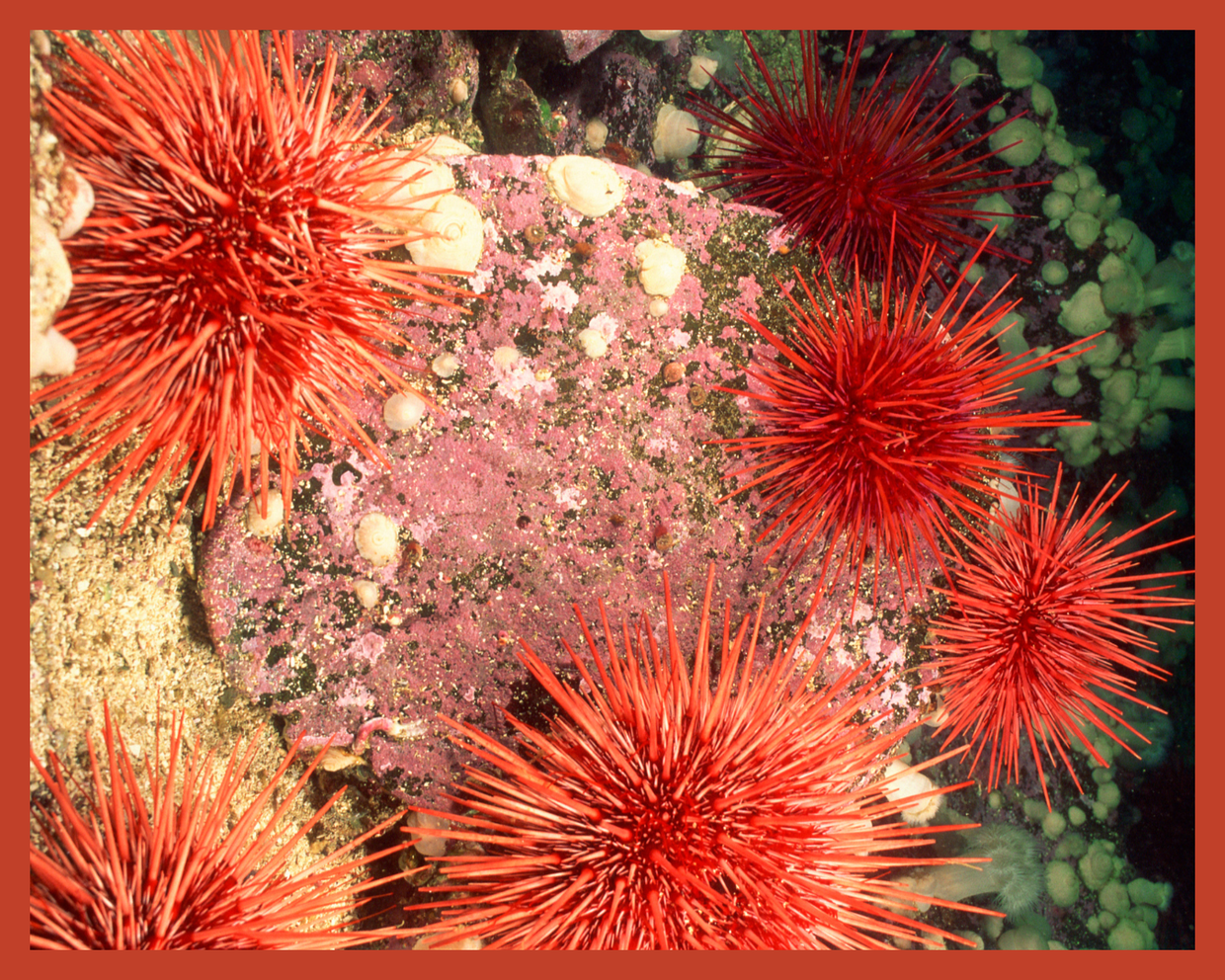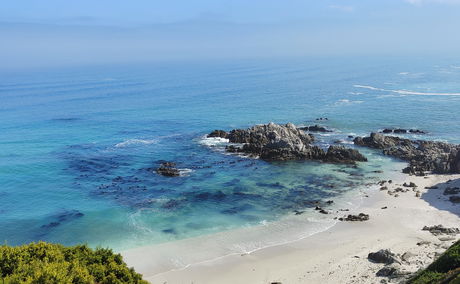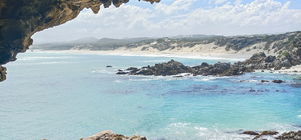These days, it’s easy to click “Book Now” on big-name travel websites. But what many travelers don’t realize is that booking directly with a guesthouse (like us!) comes with real benefits — not just for us, but for you too. Here are 9 compelling reasons to skip the middleman and book direct:
Sea Urchins: The Ocean’s Fashion Icons
When you think of high fashion, you might picture the runways of Paris or Milan. But did you know the ocean has its own trendsetters? Meet the humble sea urchin — spiky, stylish, and surprisingly inventive when it comes to accessorizing.
When you think of high fashion, you might picture the runways of Paris or Milan. But did you know the ocean has its own trendsetters? Meet the humble sea urchin — spiky, stylish, and surprisingly inventive when it comes to accessorizing.
The Original Sustainable Fashionistas
Forget Gucci, Prada, or Louis Vuitton. Sea urchins have been rocking custom outfits for millions of years — and their wardrobes are 100% eco-friendly. With the help of tiny tube feet and flexible spines, they carefully pick up shells, pebbles, seaweed, or even bits of coral and place them on top of their bodies.
It may look like quirky ocean fashion, but this “covering behaviour” has some very practical uses.

Why Do Sea Urchins Dress Up?
Scientists have studied this habit in many species, and it turns out urchins aren’t just dressing to impress. Their “hats” and “accessories” help them:
- Stay protected from the sun: The ocean’s shallows can get bright, and urchins use their cover as natural sunscreen.
- Hide from predators: A spiny creature disguised under seaweed or rubble is harder to spot.
- Hold their ground: Waves and currents can be strong. Extra weight from shells and stones helps anchor them down.
- Keep clean: A little cover can protect delicate body parts from sediment or debris.
In other words — their sense of style is all about survival.
Home Renovators: Burrowing into Rock
Sea urchins don’t stop at accessorizing — some take things further by creating custom homes. Species like the rock-boring urchin (Echinometra mathaei) use their strong teeth and spines to slowly scrape shallow holes into limestone or coral rock.
Why?
The burrows offer protection from predators.
They provide shade from the sun.
They act as a personal anchor, keeping the urchin steady against strong waves.
If you look closely at rocky shores, you might spot perfectly rounded dents, each fitted with its own little urchin resident.
What’s on the Menu?
Sea urchins are mostly herbivores, with a diet that’s heavy on algae. Using their five sharp teeth (a structure called “Aristotle’s lantern”), they scrape algae off rocks and reef surfaces. This grazing is important for keeping algae growth in check, which helps coral reefs stay healthy.
Some species will also nibble on seagrass or tiny bits of animal matter if the opportunity arises — making them opportunistic feeders when food is scarce.
How Long Do They Live?
One of the most surprising things about sea urchins is their lifespan. Many live around 30 years, but some species, like the red sea urchin (Mesocentrotus franciscanus), can live well over 100 years. In fact, a few have been recorded at nearly 200 years old — making them some of the longest-living animals in the ocean.
Deep-Sea Couture
What’s even more fascinating is that some deep-sea urchins, living far below the reach of sunlight, still decorate themselves. This suggests that camouflage and protection are just as important as shade. Fashion, in their world, is never just surface-level.

The Takeaway
Next time you spot a sea urchin in a Gansbaai rock pool, look closely — you may see it “wearing” seashells or seaweed like a little hat, or tucked neatly into a rock hollow. These creatures remind us that in nature, even the smallest details have purpose, and sometimes survival is the most stylish accessory of all.
We love sharing not just our breath-taking views of the ocean, but also the wonders that live within it. From whales and to the tiniest fashion-forward urchin, the sea has endless stories to tell.
Sources:
Richner H, Milinski M (2000) On the functional significance of masking behaviour in sea urchins—an experiment with Paracentrotus lividus. Mar Ecol Prog Ser 205:307-308 https://doi.org/10.3354/meps205307
Export citation.
Dumont, Clement & Drolet, David & Deschenes, Isabelle & Himmelman, John. (2007). Multiple factors explain the covering behavior in the green sea urchin, Strongylocentrotus droebachiensis. Animal Behaviour. 73. 979-986. 10.1016/j.anbehav.2006.11.008.
The Company of Biologists. https://journals.biologists.com/jeb/article-abstract/33/3/508/13182/The-Covering-Reaction-of-Sea-UrchinsI-A?
Smithsonian Magazine. https://www.smithsonianmag.com/science-nature/urchin-sunscreen-and-other-ways-animals-beat-burn-180959107/?
As well as random facts from ChatGPT.
Further Reading
Klipgat Cave, located along the Walker Bay coastline near De Kelders, is a historically and archaeologically significant site that offers rare insight into early human life in South Africa. Beyond its cultural importance, the cave is set within a rich natural environment, offering sweeping ocean views and seasonal whale sightings. Klipgat Cave stands as a powerful reminder of the region’s deep human history and ecological beauty.




Share This Post